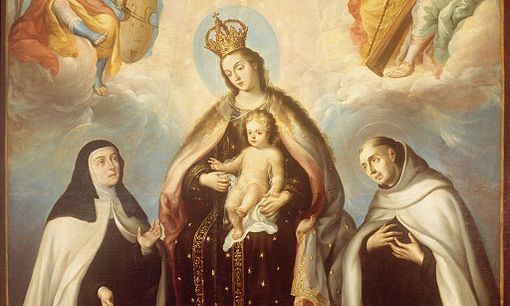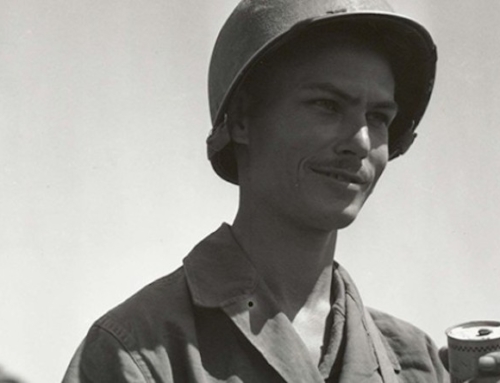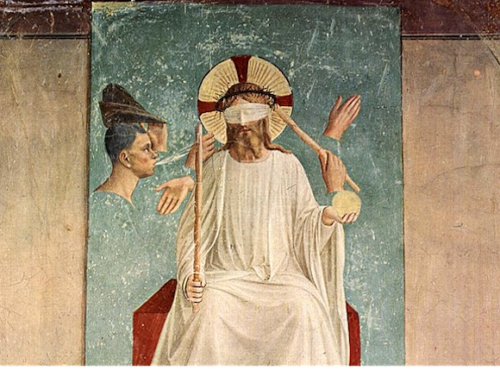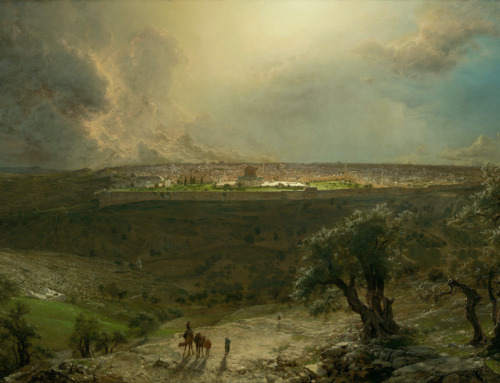Often the Church blooms most illustriously when her members work in sync. Saint Paul presents the human body as a great image for the Church, elaborating on it extensively at least six different times in his letters. The Lord loves when the gifts that he has given to the different members of his body work in tandem for the further glorification of his name. In recalling today’s feast of the glorious and spirited reformer St. Teresa of Avila, I can’t help but recall, as a Dominican myself, the great gifts that the Order of Preachers and the Carmelites together have given to the Church. This is particularly noted in the interaction between the intellectual contributions of the Dominicans and the mystical legacy of the Carmelites.
One of the most dynamic engagements between the two Orders began in Spain’s famed siglo de oro, the Golden Age. During this period, Spain experienced an incredible flourishing in nearly all of the liberal arts and also a revival in philosophical and theological Scholasticism and Catholic mysticism. Catholic Spain had become arguably the stronghold of the Faith after the onset of the Reformation, especially with the unification of the peninsula by los Reyes Católicos, Fernando II of Aragon and Isabella I of Castile. As a result, an orthodox and vibrant Catholic renewal was fostered. With regards to the intellectual life, the Dominican Francisco de Vitoria helped establish the historic tradition of academic excellence and made expansive developments in law and philosophy at the school of Salamanca. After him would come many learned friar preachers, like Domingo de Soto and Domingo Bañez, seeking to preach not only to Spaniards but to all those they might meet in the New World.
In mysticism, we find the two chief figures, both Carmelites, St. John of the Cross and St. Teresa of Avila. These two legendary reformers were for the most part not directly involved with the schoolmen but neither were they far removed from them. Their culture still retained a dogged commitment to the medieval understanding of the integral nature of the Catholic life; one did not separate intellectual study and the mystical life with as strong a tendency as is common today. For example, St. Teresa herself was a voracious reader, and she was not afraid to make this known, which was bold for a woman in the sixteenth century. In addition, she insisted that her sisters “go from time to time beyond their ordinary confessors and talk about their souls with persons of learning, especially if the confessors, though good men, have no learning; for learning is a great help in giving light upon everything” (The Way of Perfection, Ch. 5). Especially as the reformer of the Carmelite monasteries, she knew that establishing a firm intellectual foundation grounded in the font of the Church’s wisdom would be necessary if her reform was going to perdure. She would pick, for a large portion of her life, a succession of Dominican confessors and advisors trained in the rigorous intellectual tradition of St. Thomas Aquinas. The most famous of those that St. Teresa sought out was the aforementioned Domingo Bañez. He was her confessor for six years and her advisor off and on for many more.
Jumping ahead a few centuries, we stumble upon a daughter of the holy Mother Teresa, St. Elizabeth of the Trinity. It was not the case for St. Elizabeth that she sought out a Dominican confessor or director, but it happened that Divine Providence allotted her one. The preaching of Fr. Irénée Vallée, a popular Dominican preacher in France at the time, captivated her, becoming one of the catalysts for her deep growth in the spiritual life. Saint Elizabeth spent a meager twenty-six years on this earth, so the development of her interior life happened rather quickly. Many of her writings attest to the great advances she made in the understanding of divine mysteries as a result of the doctrine she learned from Fr. Valleé. The friar also was edified by the future saint. He readily refers to her as his daughter. So, here too we see a similar edifying relationship between a Dominican spiritual director and a Carmelite nun.
The last mention goes to the great spiritual master of the twentieth century, Fr. Réginald Garrigou-Lagrange. Father Lagrange is arguably most well known for his project of fusing the thought of St. John of the Cross and St. Thomas Aquinas in his spiritual theology. He recognized the obvious foundations of St. John’s mystical theology on Thomistic principles and thought that he could reunite these disciplines, which were becoming more and more disparate in modern times. He wanted to prove that the serious Christian could find spiritual nourishment in rigorous Scholasticism and the mystical tradition. In his project, Fr. Lagrange shows the fecundity of the relationship between the charisms of the two Orders.
In this fallen world, harmonious things often become separated over time. The saints and theologians mentioned above are a refreshing witness to the power of collaboration for the building up and unification of God’s kingdom. Let us, then, call upon St. Teresa of Avila to help us to live more fruitful, unified lives in the mystical body of Christ.
✠
Image: Juan Rodríguez Juárez, La virgen del Carmen con santa Teresa y san Juan de la Cruz







